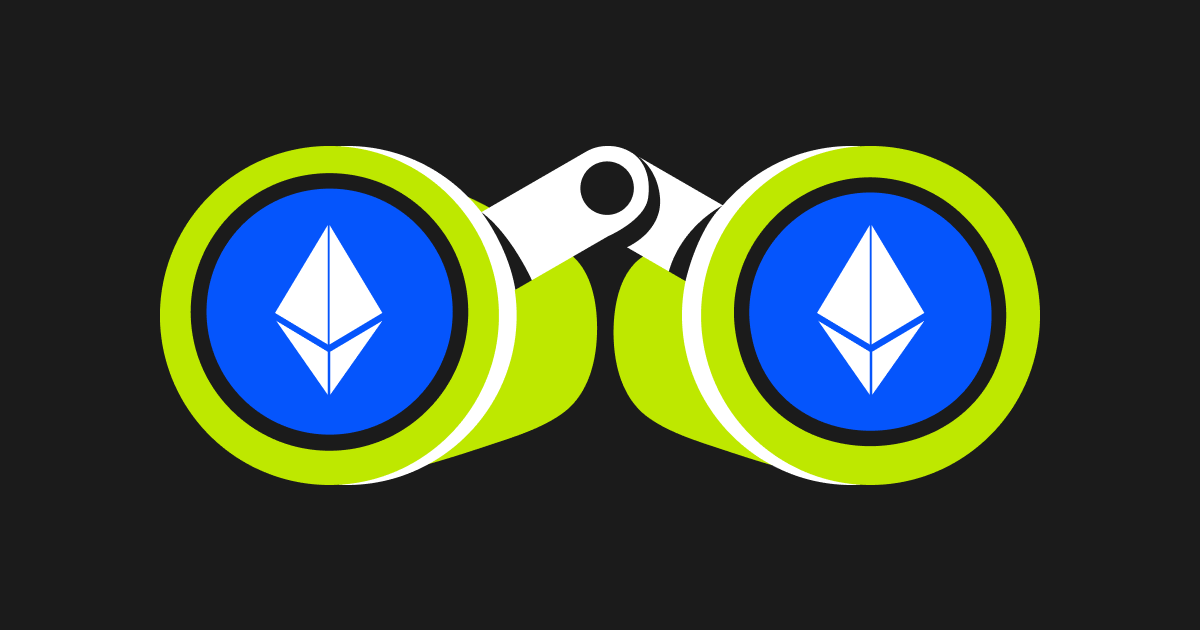Solana Introduction:
Blockchain technology facilitates transparent information sharing within networks. Data is stored in interconnected blocks, making it an essential tool in today's digital environment, with significant impacts on industries such as banking, supply chain management, and healthcare. This analysis compares Solana and Ethereum, two leading blockchain platforms, highlighting their key differences, along with current price trends for SOL and ETH.
Solana's development traces back to a late-2017 whitepaper by Anatoly Yakovenko, which introduced Proof-of-History (PoH), a protocol designed to accelerate transaction processing in distributed networks. Conversely, Ethereum was founded in 2013 by Vitalik Buterin and other developers, with development initiated through crowdfunding in 2014 and the network launching in July 2015. While Solana emphasizes scalability and rapid transaction processing through PoH, Ethereum aims to provide a decentralized platform for smart contracts and decentralized applications (dApps) via the Ethereum Virtual Machine (EVM). These differing approaches reflect their distinct objectives. Both platforms have achieved notable milestones, attracting developers and users through unique features.
Technology and Architecture
Consensus Mechanism
Solana’s PoH enables over 65,000 transactions per second (TPS), removing the need for reliance on a trusted time source. It allows anyone to verify timestamps generated through verifiable delay functions (VDFs), thereby enhancing transparency and security and reducing risks such as replay attacks. In 2022, Ethereum transitioned from Proof-of-Work (PoW) to Proof-of-Stake (PoS) with the Ethereum 2.0 upgrade, achieved through the merge with the PoS-based Beacon Chain.
Speed and Scalability
Solana offers considerably faster transaction speeds compared to Ethereum. As of April 2024, Solana averages approximately 1,504 TPS, substantially surpassing Ethereum’s current rate of around 22.8 TPS and even outperforming scaled solutions like Polygon, which operates at about 190 TPS. It is important to note that Solana has not yet reached its theoretical maximum capacity of 65,000 TPS. Both platforms are actively pursuing scalability improvements: Ethereum 2.0 aims to enhance performance through sharding and other upgrades, while Solana continues to optimize its network infrastructure.
Smart Contracts and dApps
On Solana, smart contracts operate within a stateless environment where only the final outcome of the program is important. In contrast, Ethereum provides a decentralized virtual machine—the EVM—that serves as a global, distributed computer on which developers can build applications composed of multiple interconnected smart contracts.
Notable dApps on Solana include Raydium Solana, Jupiter Exchange Solana, MomoAI (MetaOasis) Solana, and Pump.fun, which leverage Solana’s high-speed, low-cost transactions for an enhanced user experience. The Solana ecosystem continues to expand with innovative projects demonstrating its capabilities.
On the Ethereum platform, popular dApps such as Uniswap V3 and Galxe primarily focus on decentralized finance (DeFi), enabling users to trade, stake, and provide liquidity. Ethereum’s established ecosystem and extensive network make it a preferred environment for DeFi projects seeking broad user engagement and robust infrastructure.
Security
Both Solana and Ethereum prioritize security through advanced cryptographic techniques that encrypt data and prevent unauthorized modifications. Solana applies these security measures to protect transactions and smart contracts, while Ethereum's decentralized architecture, combined with features like zero-knowledge proofs and private transactions, enhances user privacy and confidentiality.
Historical security incidents on both platforms underscore the importance of ongoing security improvements. Maintaining state-of-the-art security measures and adapting to emerging threats are essential for both blockchain networks.
Summary
In summary, Solana emphasizes scalability and transaction speed through PoH, whereas Ethereum focuses on offering a decentralized platform for smart contracts and dApps via the EVM. Solana provides significantly faster transaction speeds, with ongoing efforts by Ethereum to improve performance through Ethereum 2.0 upgrades. Both platforms host popular DApps: Solana supports high-frequency trading and gaming with low fees, while Ethereum is a leader in DeFi applications. Additionally, Ethereum benefits from a larger developer community and ecosystem, whereas Solana offers lower transaction costs and faster confirmation times. Ultimately, the choice of platform depends on specific project requirements. As the blockchain landscape continues to evolve, developers should carefully consider their needs and stay informed about technological advancements to navigate this dynamic environment effectively.
CoinCatch Team
Disclaimer:
Digital asset prices carry high market risk and price volatility. You should carefully consider your investment experience, financial situation, investment objectives, and risk tolerance. CoinCatch is not responsible for any losses that may occur. This article should not be considered financial advice.

